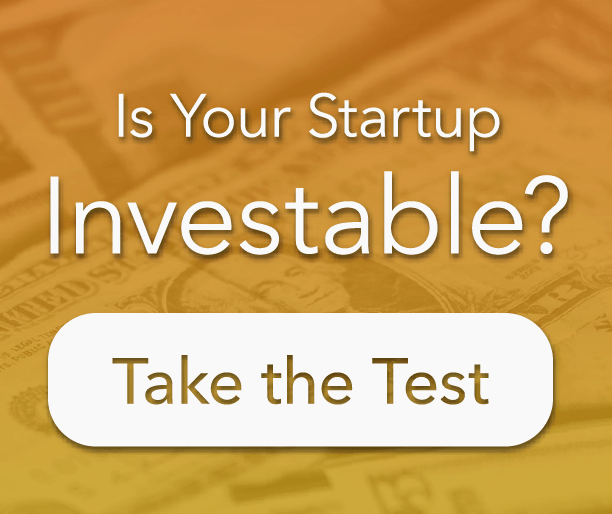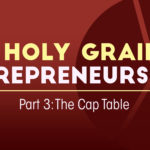
One or two of every ten investments bring most of the returns to the portfolio of an angel investor, and it’s difficult to determine which of the companies will provide the returns.
Recently I ran across John Huston’s “10 Exits”. John is Founder and Manager of the Ohio Tech Angels. With a membership of 340, the Ohio Tech Angels are one of the largest angel investor groups in the United States. Active in the angel investing community, he is also a past Chair of the Angel Capital Association and Angel Research Institute.
His depictions of 10 potential outcomes an angel investor may encounter remain as valid today as at their original date of publication. As a result, I am re-stating them and providing additional perspective for any startup entrepreneur seeking to get a glimpse into the thinking of an angel investor.
Find An Angel Investor Today with Startup Search Tools
10 Exits by: John Huston
- “Grand Slam Homerun”
Exceeds a 10X return in five years (>58% IRR) - “A Lucrative Effort”
<58% IRR, but at least a 1 – 10X return
According to the Angel Capital Association, one or two of every ten investments bring most of the returns to an angel portfolio. It’s difficult to determine which of the companies will provide the returns.
- The “Harry Houdini”
Escaped with a 1X return; No loss - “Lost a Little”
Didn’t lose it all (< 1X return but not a 0X) - “My Grandkids’ Company”
Company is successful but there’s no exit in sight. Maybe it will occur after my grandchildren inherit the portfolio? - The “Zombie”
A neither walking dead venture which will never become a great company, nor will it die so I can declare the loss. - “Deductible Loss”
It died without a tail and I got to declare the loss (or sold my shares for $1.00 to record the loss).
According to the same ACA research, the return for the average angel portfolio is an IRR of 27% resulting in a 2.6X multiple with a holding period of 3.5 years. Based on this data, it would appear the lost opportunity cost related the investments which provide results similar the “Houdini”, “Lost a Little”, “My Grandkids Company”, the “Zombie”, or the “Deductible Loss” have a major negative impact on the average angel group portfolio.
- “Funeral Expenses”
Not only did I lose all my original investment, I had to also cover the costs of winding down the venture, plus pay accountants to provide the final accounting needed so I could take my tax deduction. - “The Worst Gets Worst”
“The loss that keeps on losing” due to ongoing litigation expenses even after the company has no value. - “Angel Hell”
In addition to losing all my investment plus a considerable amount of my time, media coverage tarnished my reputation, plus damaged my relationship with co-investors.
Concept Stage Startups: Investor Due Diligence List
Finally, the pain does not always stop with a loss as the outcomes above depict. From an angel investor’s viewpoint, the factors beyond the loss may be even more significant than the loss itself as they potentially impact the investors’ time and efforts which must be re-focused away from future investment opportunities. Based on the potential outcomes above, it is easy to understand why angel investors find it prudent to tread lightly pursuing detailed “due diligence” reviews as they consider investment opportunities.
It’s also easy to understand the lessons reflected in John’s “The Perfect Loss”, in which he indicates “I merely lose 100% of my investment; take the tax deduction, suffer no ongoing tail of litigation; no wind-down expenses, no media coverage, no damage to my reputation or my relationship with co-investors…and it is a “productive failure” because the startup entrepreneur, management team and investors all learned lessons which will increase their likelihood of success in their next venture.”
6 Startup Lessons Learned From Previous Mistakes
Footnotes:
1. The referenced Angel Capital Association, research was published in a presentation entitled “Important Things to Know about Angel Investors – 2014”. It was authored by Marianne Hudson of the ACA and included previous research by Rob Wiltbank of Willamette University, in his November, 2007 paper for the Kauffman Foundation. See the ACA presentation here.









